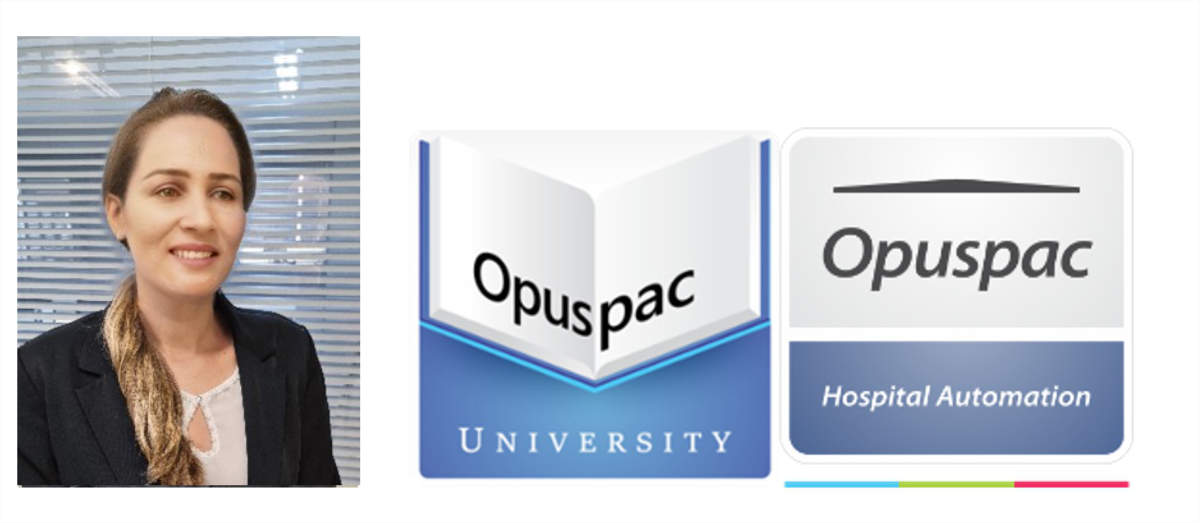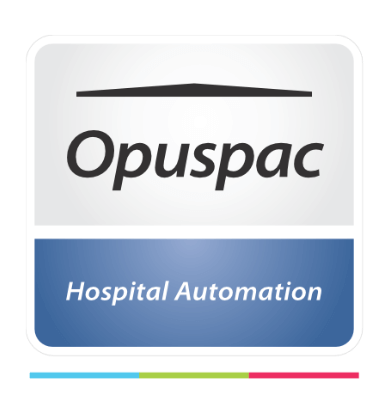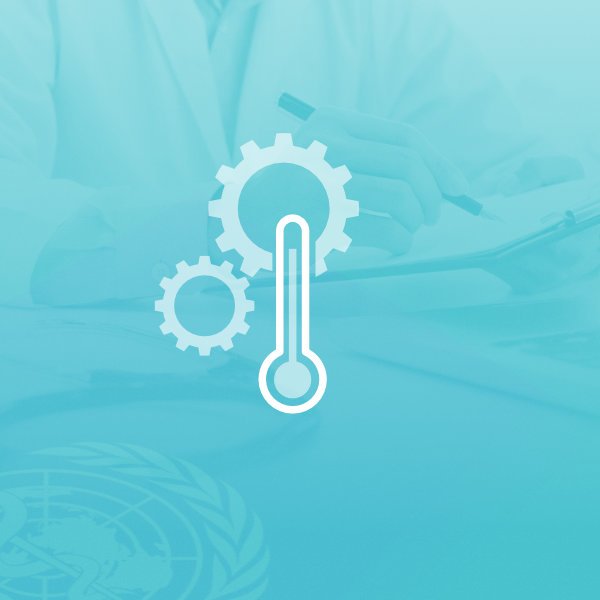In 2017, the WHO launched a global challenge to decrease serious and preventable medication-related harm by 50% by 2022.
And to help on this journey, hospital management will need more robust monitoring systems.
Some available tools include:
- Global Trigger Tool (GTT)
- Medication Safety Thermometer (MST)
These help measure adverse drug-related events.
Through notifications alone, it is impossible to measure the real situation in the hospital in terms of AEs, as only 10% to 30% of them are reported.
Through triggers (GTT) and interviews addressing potential inaccuracies (MST), potential AEs are identified and, together with the information gathered by notifications, allow the focus to be directed to where errors occur.
MEDICATION SAFETY THERMOMETER (MST)
The Safety Thermometer tool was developed in 2011 by NHS England’s National Health Program. It investigates different areas of the hospital and uses improvement science, allowing for several tests before being applied.
Through it, indicators related to patient safety in the hospital are monitored.
The first medication safety developed was to measure falls, pressure injuries and VTE in hospitals and, based on its success, one was developed to measure medication-related AEs.
The Medication Safety Thermometer was launched in 2013 also in England, but is still in the process of validation in Brazil, which will happen soon.
For one day a month, medication-related data is collected at the bedside of 100% of the admitted patients. From this data, it will be possible to measure which patients are affected by any AE in the hospital, which will make it possible to measure the temperature of medication safety in the institution on a monthly basis.
D-Day does not have a specific day, it is chosen by the institution itself, but it is interesting to standardize and always choose the same week, such as the first Monday of the month, for example. In this way, everyone prepares to make D-Day part of their routines.
To start the implementation of this day in the hospital, it is interesting to choose a pilot, a specific place to first get to know the tool and make possible improvements before starting it in the whole hospital.
One recommendation would be that in order to learn about medication-related issues, a pharmacist should conduct or accompany the data collection together with other professionals involved in the institution’s improvement processes, such as nurses.
The principles of the Medication Safety Thermometer are:
- Clinical validity;
- Efficiency (data collection in up to 10 minutes);
- Equity (data collection in any hospital setting);
- Real-time results;
- Ability to measure the absence of harm to patients;
- Focus on harm;
- Present results to the organization, region and even nationally;
The process follows three steps to identify harm from medication errors.
In the first stage, it looks at whether there has been any medication reconciliation, omission of medications and identification of harms caused by potentially dangerous medications.
In the second stage, if the patient has suffered any of the above, it is necessary to identify the signs and indications that have occurred.
And in the third stage it is concluded whether or not it was AE and what damage was caused.
The indicators can be analyzed according to:
- Medication reconciliation in the first 24 hours of admission;
- Omission of doses in the last 24 hours of admission;
- Medication allergy status;
- Missed doses of critical medications;
- Whether he/she has received potentially hazardous medications in the last 24 hours;
- What are the signs of harm;
CONCLUSION
AEs caused by medications are more difficult to identify.
Therefore, it is very important to use structured tools to assist in the complex process of identifying these AEs.
The Medication Safety Thermometer allows focusing efforts on knowing the main types of AEs in the organization, generating specific improvements for them.
D-Day allows you to measure and understand the significance of failures and harm caused by medication errors, measure improvements over time, and connect care teams to these failures and harms.
In the UK, more than 100 hospitals use this tool and report the data collected on a monthly basis on a free, easily accessible platform, allowing results to be disseminated and compared using trend graphs, as data collection is standardized and routine.
From the analysis and comparison of these indicators, various data can be observed and related to changes in system improvements before new decisions are made.

Pharmacist Daniela Faria













